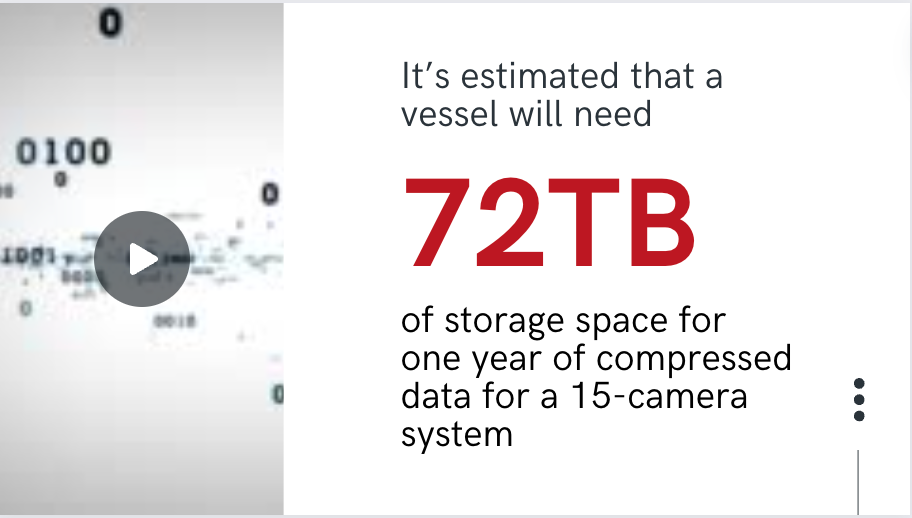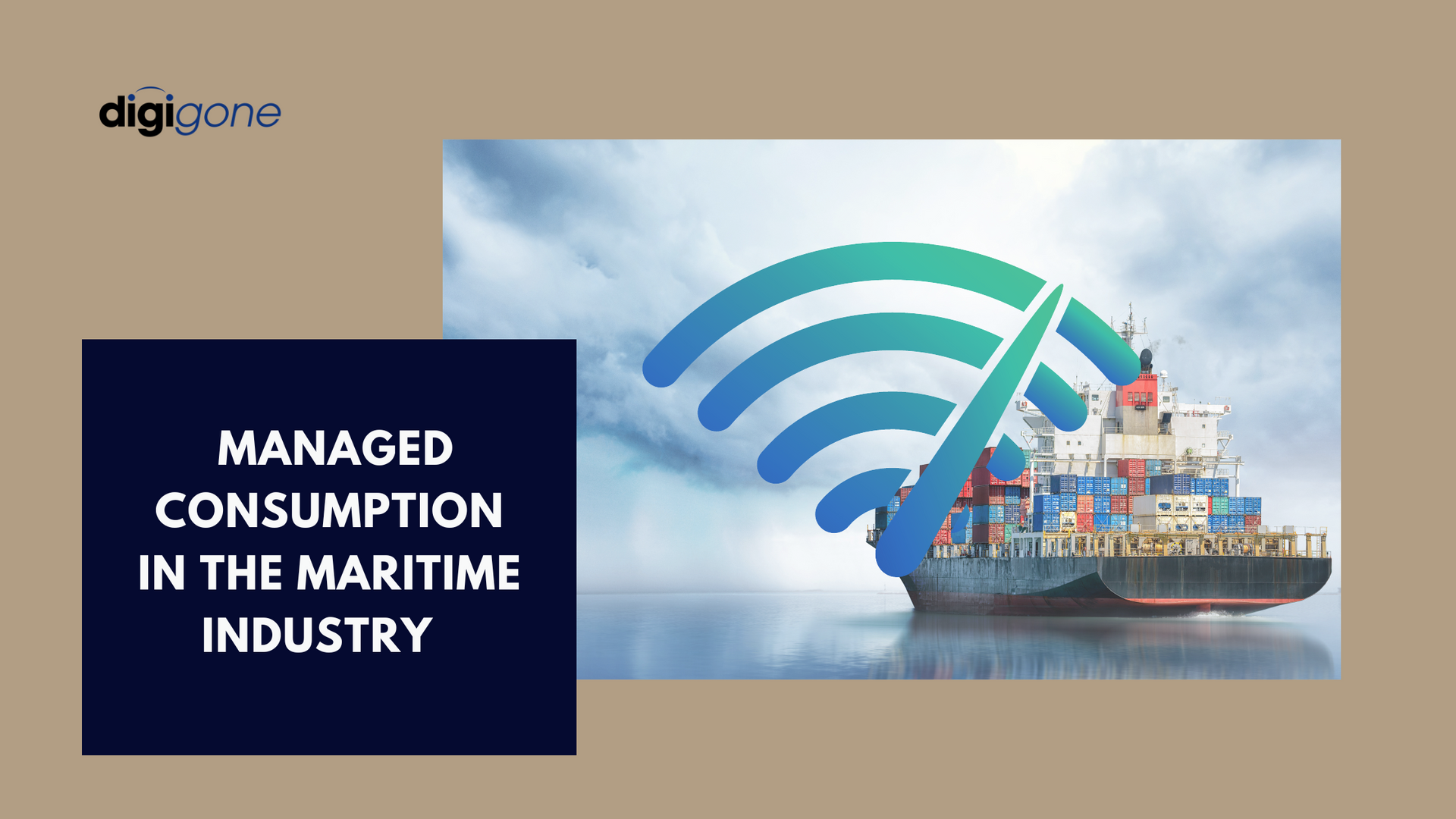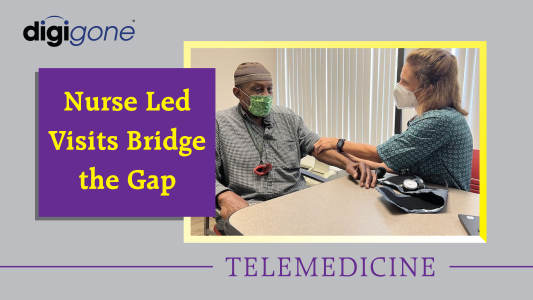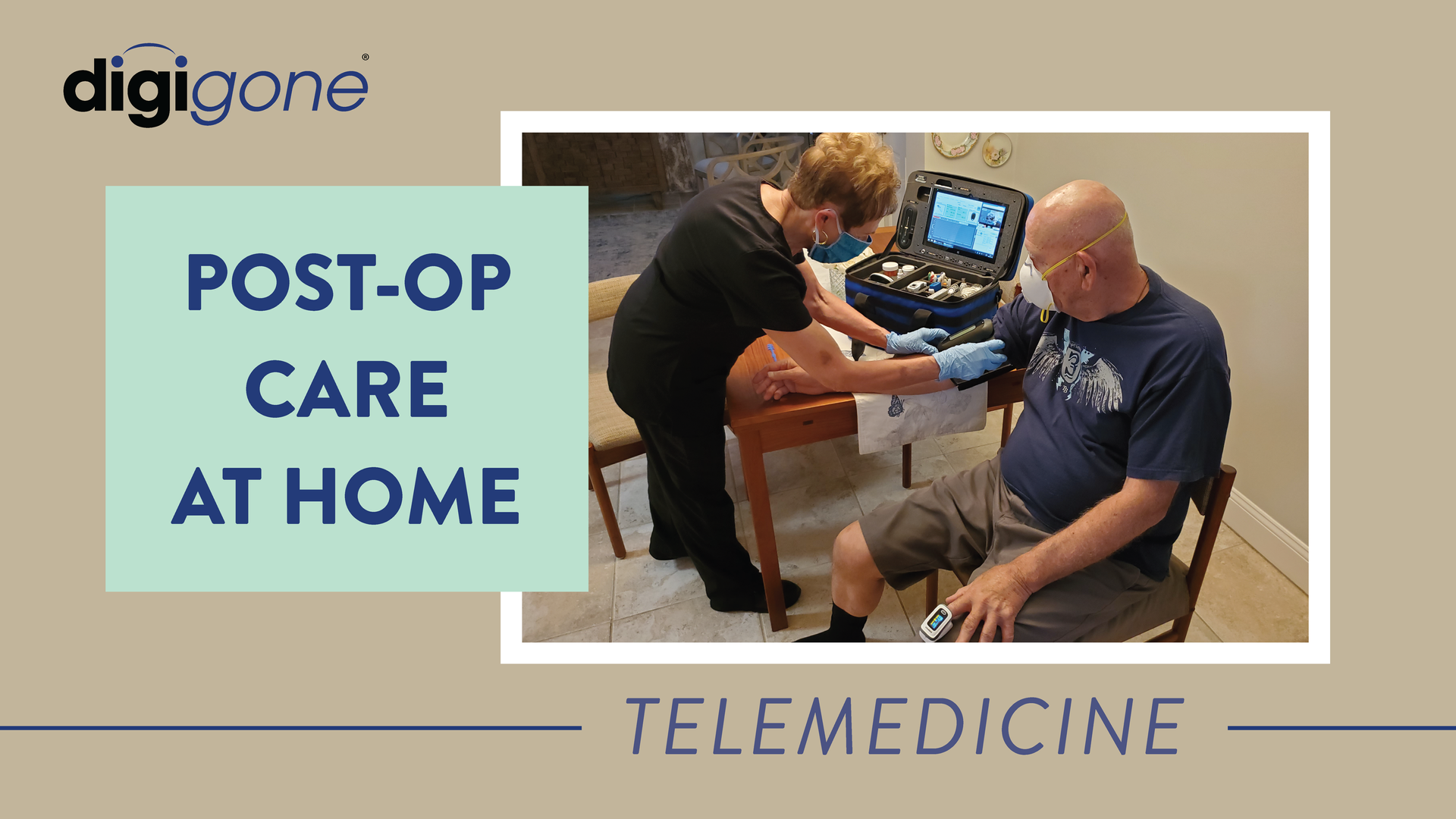El papel de la telemedicina en la mitigación de la propagación y el cuidado de COVID-19
DigiGone • April 2, 2020
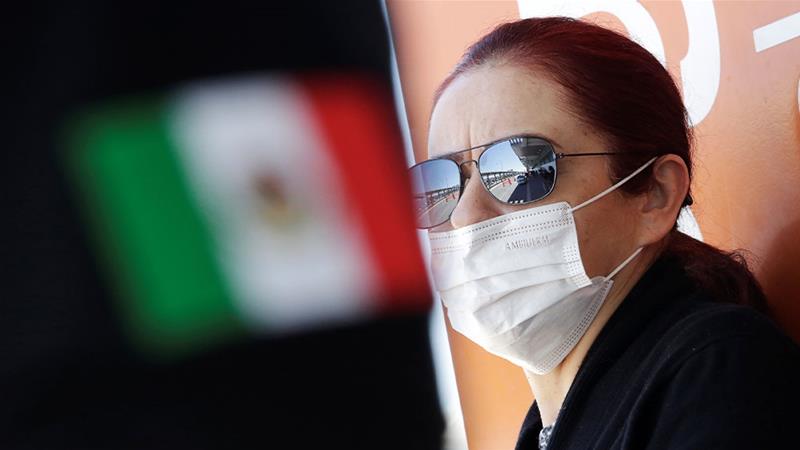
The El papel de la telemedicina en la mitigación de la propagación y el cuidado de COVID-19
A medida que COVID-19 se extiende por toda América Latina, los funcionarios temen que un sistema de salud ya sobrecargado esté a punto de ser empujado más allá de su capacidad. En el último decenio la región se ha enfrentado al SRAS (2003), a una gripe pandémica (2009) y sólo en el último año se han producido más de 20.000 casos de sarampión y 3 millones más de dengue.
Los autores de un informe que se presentó recientemente en ScienceDirect
emiten una advertencia bastante sombría:
"En este complejo escenario epidemiológico, estamos a punto de ser testigos del desarrollo de una sindemia de sarampión, dengue y COVID-19, entre otras."
La buena noticia es que durante las crisis anteriores se elaboraron muchos protocolos, entre ellos el de laboratorio y el de gestión de pacientes, lecciones que pueden resultar críticas para el tratamiento de COVID-19.
Pero, los mismos autores ofrecen un mensaje clave:
"Serán esenciales las buenas estrategias de comunicación para las medidas preventivas en la población y en los países vecinos, además del Brasil (...)".
Datos de mapeo
Los hospitales, los sistemas de salud y los médicos toman decisiones basadas en los datos. Tener acceso a información confiable en partes remotas de América Latina será fundamental para responder a un brote. La identificación rápida de los puntos de conflicto emergentes es especialmente crítica para las comunidades rurales e insuficientemente atendidas, en las que faltan las necesidades básicas de atención sanitaria.
En un documento publicado en Nature titulado
"Llevando al terreno los diagnósticos de enfermedades infecciosas relacionados con la salud móvil", se explicaba que la telesalud ofrece formas novedosas de diagnosticar, rastrear y controlar las enfermedades infecciosas y de mejorar la eficiencia del sistema de salud.
Además, en un documento de investigación publicado en ResearchGate
se examinó específicamente la función de la telemedicina en las zonas rurales y suburbanas marginales de América Latina y se señaló que la utilización de la telemedicina "abre un nuevo acceso a servicios de salud que de otro modo no estarían disponibles y puede permitir un intercambio seguro a distancia de información sanitaria, incluidos los historiales médicos electrónicos de los pacientes".
La recopilación de información de diagnóstico en estrecha coordinación con la comunidad médica, sin duda, acelerará la respuesta y potencialmente hará sonar las primeras alarmas.
Respuesta rápida
Si bien los equipos de telemedicina
no tienen la capacidad de realizar pruebas de COVID-19, los médicos que los utilizan desempeñan un papel esencial en la identificación de posibles casos y actúan como puerta de entrada para llevar las muestras a un laboratorio. Cuanto antes se identifique un brote, antes se podrán establecer acciones de respuesta, como cuarentenas y centros de tratamiento remoto.
Por último, el hecho de poder evaluar e informar sobre el impacto de las intervenciones y medidas medicinales en zonas remotas es crucial para el sistema de salud en general.
Concienciación
Como señalaron los autores del documento de ScienceDirect, la comunicación y la capacitación del personal sanitario local también son esenciales. Los médicos que tratan a poblaciones desatendidas en las zonas rurales son la primera línea de información. Explicar los efectos de las enfermedades, educar a la comunidad local sobre cómo evitar la propagación de COVID-19 o ayudar a establecer cuarentenas recaerá sobre sus hombros.
Los servicios de telesalud permiten a los sistemas de salud rastrear, mapear, tratar y poner en cuarentena a las comunidades para prevenir la propagación de enfermedades. Además, la telemedicina es una puerta de entrada a una atención elevada. Para hacer frente a múltiples pandemias y enfermedades transmitidas por vectores, la necesidad de médicos en lugares remotos no tiene rival.

Telemedicine kits are becoming indispensable tools for home healthcare providers, particularly during transition care medical examinations (TCMs). While the initial TCM is conducted by a physician who generates revenue from the service, the telemedicine kit significantly benefits home healthcare providers by expediting patient registration for their care services. With a nurse or medical assistant deploying the kit, patients can be quickly evaluated and connected with a physician, ensuring all necessary documentation and approvals are completed more efficiently. This faster onboarding process allows home healthcare providers to register more patients in less time, helping them deliver care sooner and grow their services efficiently. The ability to “bring the doctor” to the patient through a telemedicine kit is invaluable in initiating care seamlessly. Once patients are on board, home healthcare providers can continue leveraging telemedicine technology to improve how they deliver services. The kits enable nurses and medical assistants to perform follow-up visits, diagnostics, and real-time consultations without requiring patients to leave their homes. This capability allows providers to optimize their schedules and visit more patients daily, all while maintaining a high standard of care. The efficiency gained means better coverage, smarter use of resources, and happier patients. Beyond efficiency, telemedicine kits help providers build stronger connections with their patients by making care more accessible and personalized. Providers can quickly respond to emerging health concerns, adjust care plans, and ensure ongoing monitoring—all from the patient’s home. This not only leads to better patient outcomes but also boosts the provider’s reputation for being reliable and innovative. By facilitating the registration of more patients and enhancing care once they are onboarded, telemedicine kits are powerful tools that enable home healthcare providers to expand their reach, improve operational efficiency, and thrive in an increasingly competitive market. In a rapidly evolving healthcare landscape, telemedicine kits are revolutionizing how home healthcare providers deliver care, enabling faster patient onboarding, enhanced service delivery, and stronger connections with patients. By integrating this indispensable technology, providers can streamline operations, improve patient outcomes, and position themselves as leaders in care innovation. Don’t miss the opportunity to elevate your home healthcare services. Explore how telemedicine kits can help you expand your reach, optimize your resources, and deliver exceptional care. Contact us today to learn more and take the next step toward transforming your care delivery model.

With the new Safer Seas Act, vessel companies must comply with many new regulations by the end of the year. One of those requirements includes audio equipment placed outside of hallways leading to staterooms, which DigiGone can help with. And while this may seem burdensome, these new rules will be good for vessel companies in the long run.



